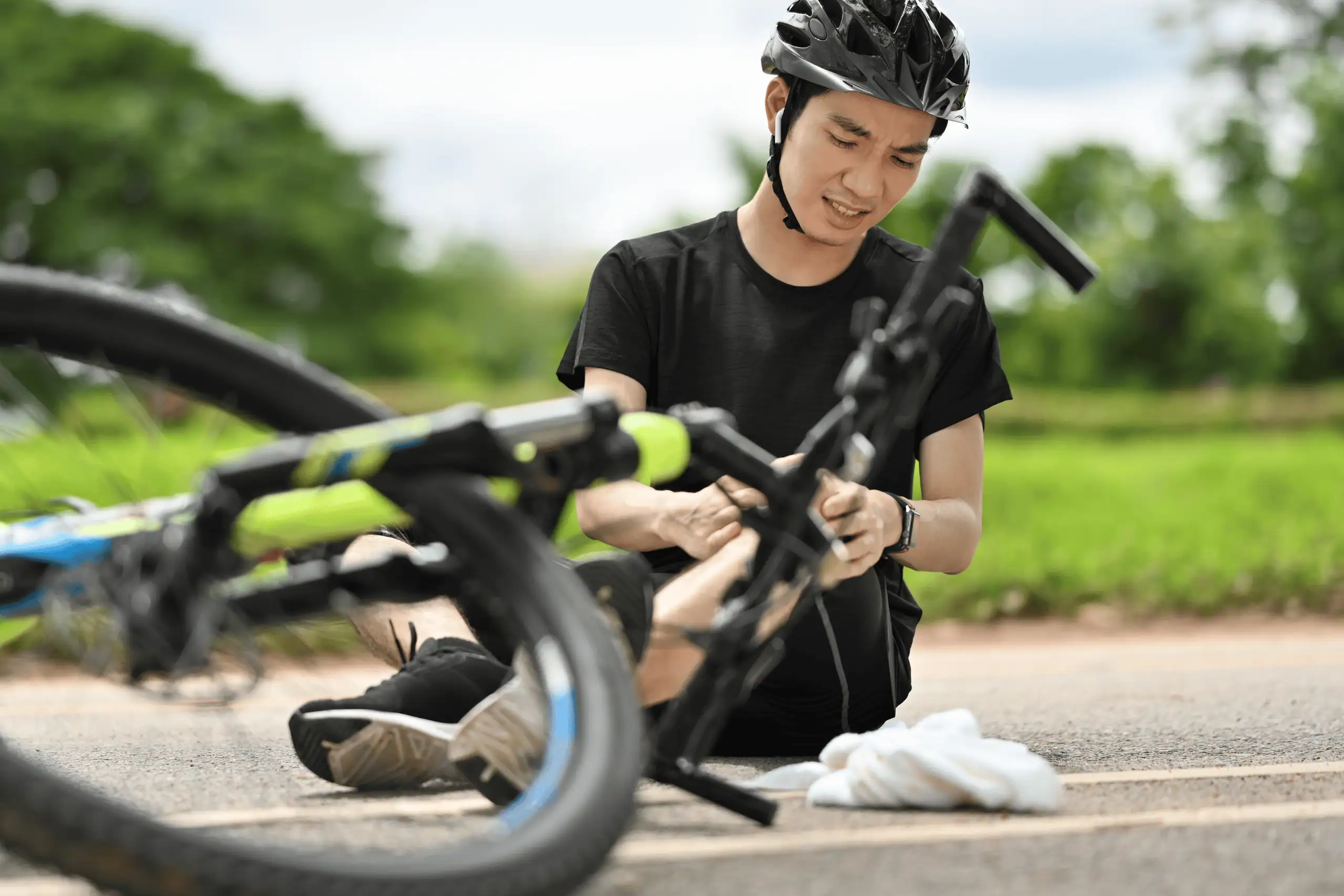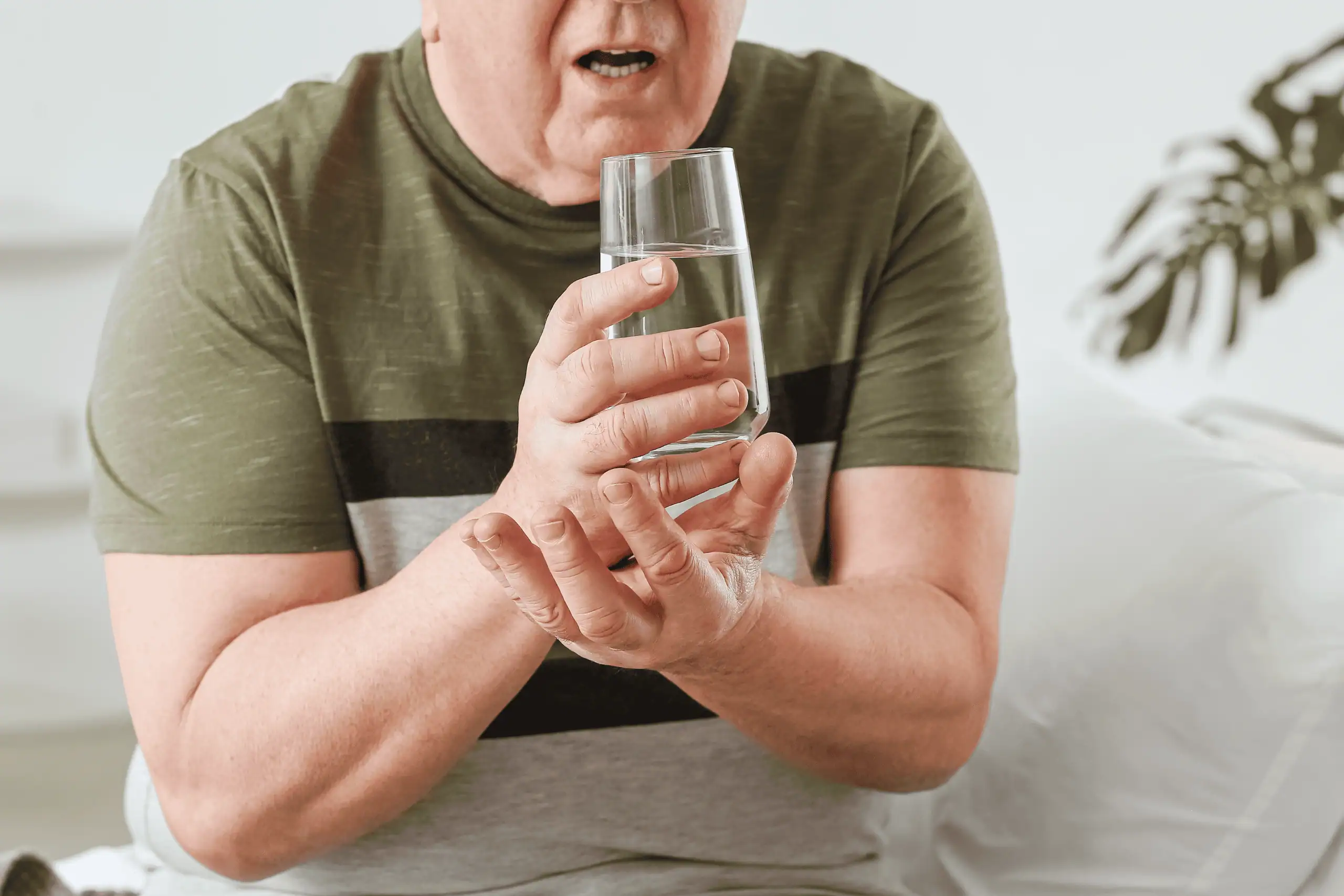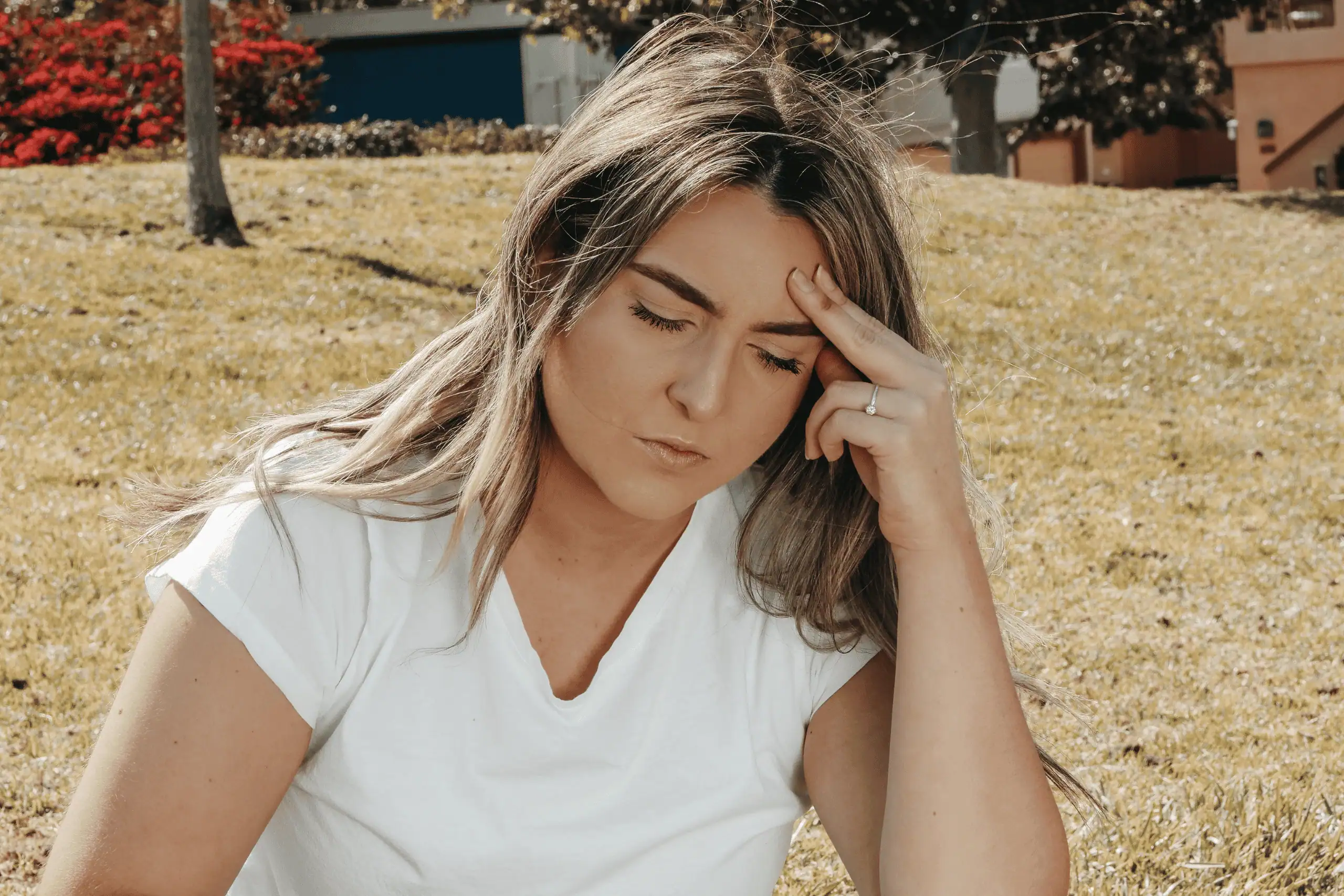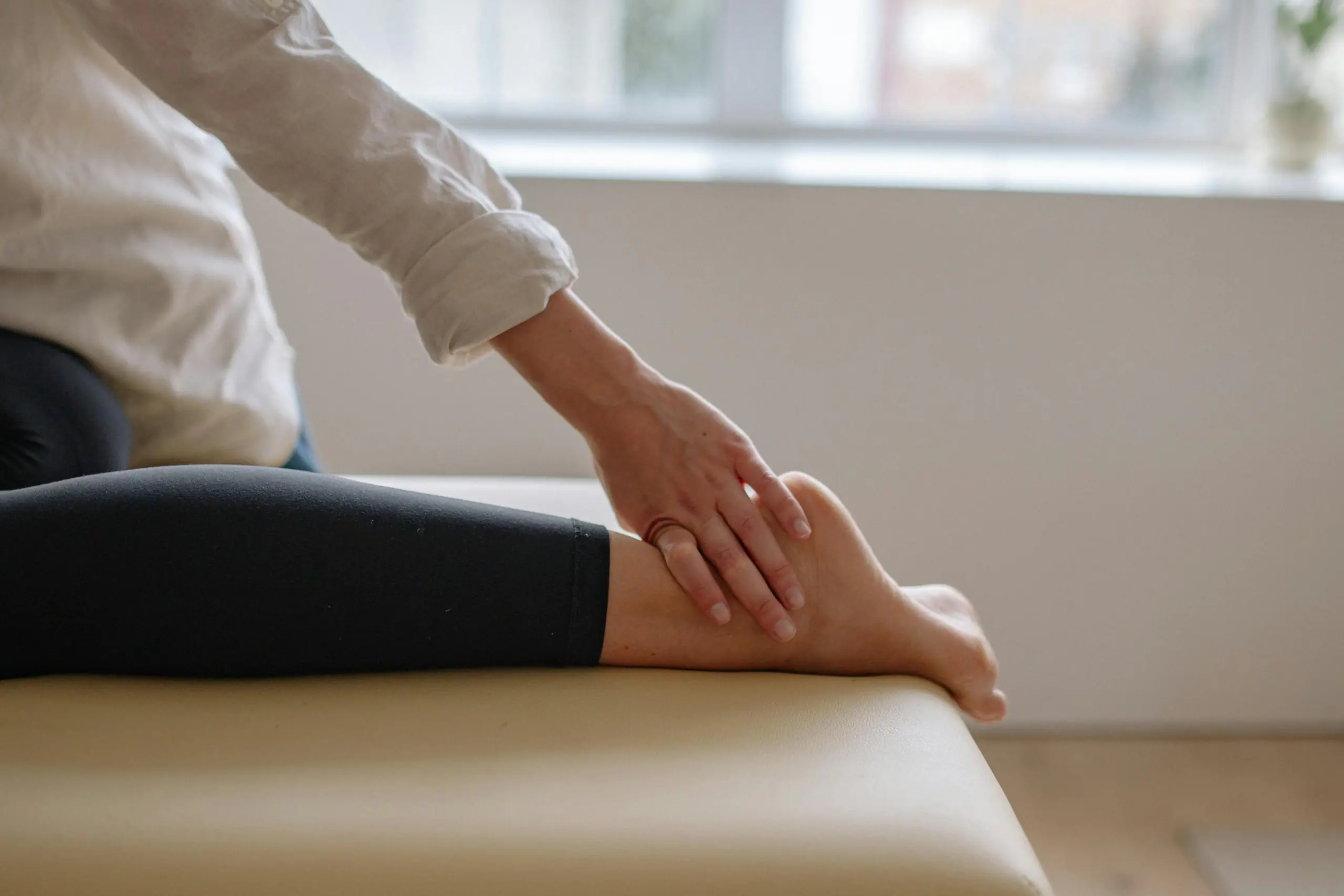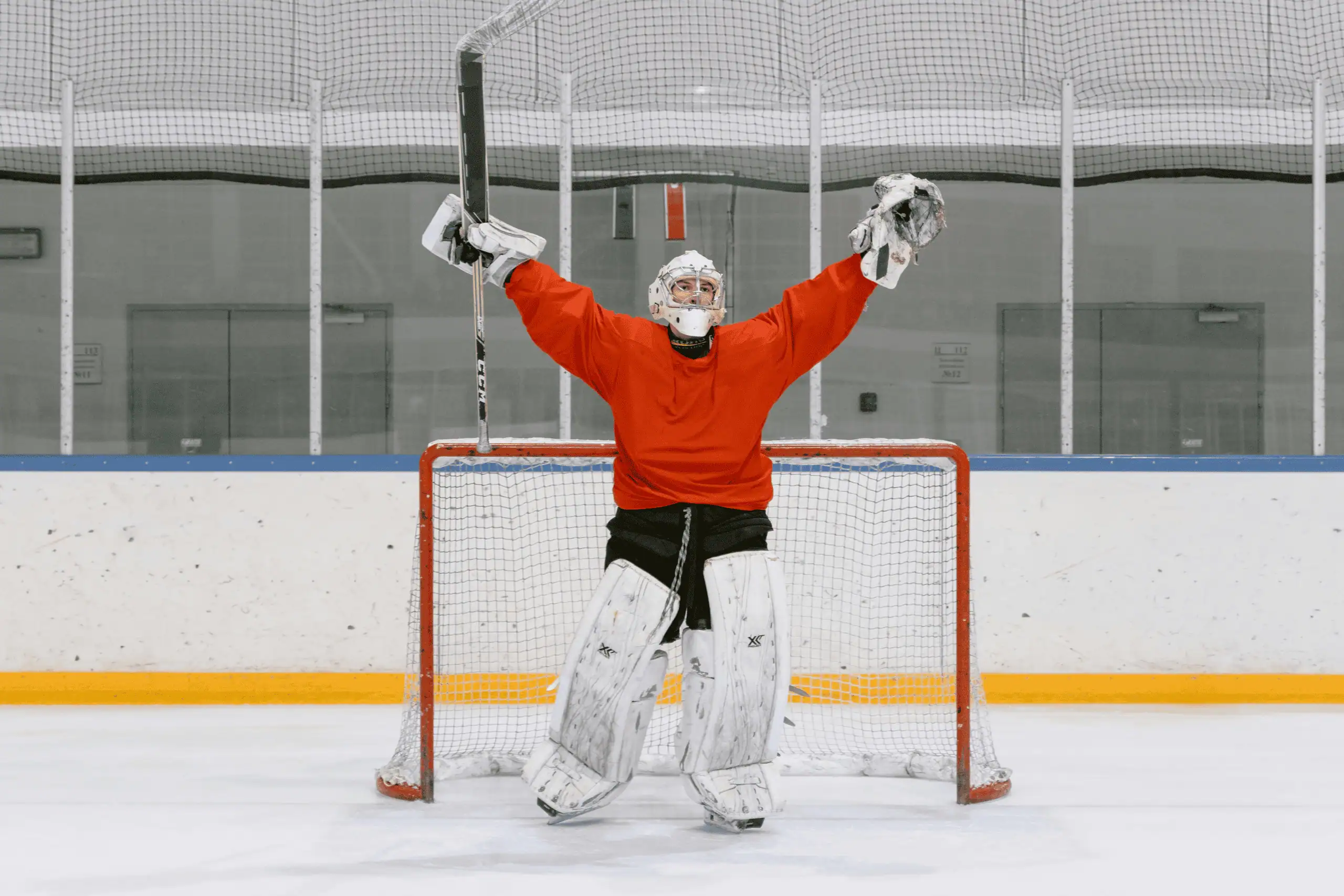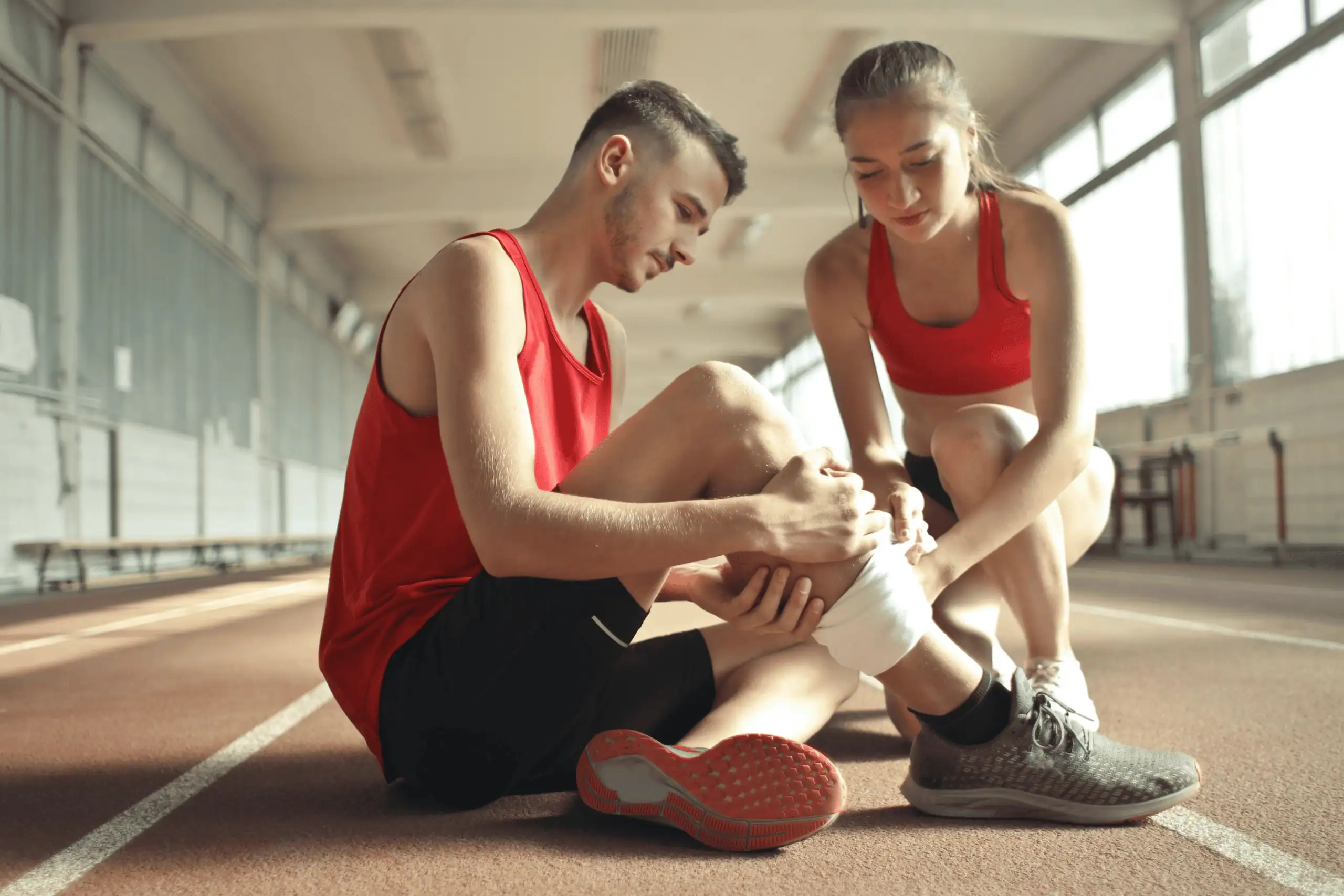Iliotibial band syndrome (ITBS) is one of the most common causes of lateral knee pain, especially among runners, cyclists, and individuals engaged in activities with repetitive leg movements. Though it often starts as a dull ache, ITBS can progress into persistent, sharp pain that sidelines athletes and affects daily mobility. Fortunately, physical therapy—particularly with techniques … Read more
 chris@avoriostudios.com
chris@avoriostudios.com
Parkinson’s disease (PD) affects nearly every aspect of a person’s daily life—from how they move to how they speak. The condition’s hallmark symptoms, such as bradykinesia (slowed movement), reduced vocal volume, and rigidity, can make routine activities increasingly challenging over time. Fortunately, targeted therapies can help maintain independence, ease symptoms, and improve quality of life. … Read more
What is POTS? Postural orthostatic tachycardia syndrome (POTS) is a form of dysautonomia—a condition where the autonomic nervous system doesn’t function properly. Affecting millions across the U.S. and beyond, POTS can significantly interfere with daily life. While it can affect anyone, it’s most frequently seen in women of childbearing age. Symptoms often intensify with simple … Read more
As warm weather fades and fall sets in, this seasonal shift offers more than cozy sweaters and pumpkin patches—it’s also the perfect time to check in on your physical health. Whether you’re in the middle of recovery or simply looking to maintain strength and mobility, small adjustments to your routine this time of year can … Read more
If you’ve ever pushed through a new workout routine, added extra miles to your morning runs, or jumped full-force into a sport like pickleball, basketball, or hiking, you’ve likely felt soreness in your feet. Most of the time, that soreness fades after a day or two of rest. But what if it doesn’t? What if … Read more
Hockey is a fast, physical sport that demands strength, precision, and resilience. Whether you’re skating in a rec league or suiting up with the Crown Point Bulldogs, your body is constantly working to keep up with the quick direction changes, high-impact collisions, and repetitive motion. And with that intensity comes the risk of injury—especially if … Read more
Shoulder pain is one of the most common issues we treat in the clinic—and one of the first questions patients tend to ask is, “Is it my rotator cuff?” It’s a fair question, especially given how often the rotator cuff is involved in both acute and chronic shoulder conditions. Whether you’re dealing with a recent … Read more
What it is, how it happens, and how physical therapy can help Osgood-Schlatter disease is one of the most common causes of knee pain in active children and teens—especially during growth spurts. If your child plays sports that involve running, jumping, or quick changes in direction (like soccer, basketball, or volleyball), there’s a good chance … Read more
Whether you’re headed out for a weekend road trip, a long-haul flight, or a multi-stop vacation, travel can take a toll on your body. Long periods of sitting, lifting luggage, disrupted routines, and new physical demands can all lead to soreness, stiffness, or even injury—especially if you’re managing a chronic condition or recovering from injury. … Read more
Football is one of the most exciting and physically demanding sports for student athletes—but it also leads the pack in school sports injuries. From sprains and strains to more serious conditions like concussions, football players face a range of risks every season. The good news? Many of these injuries are preventable with proper preparation, innovative … Read more

